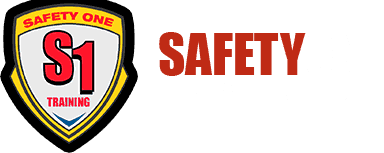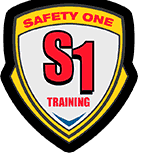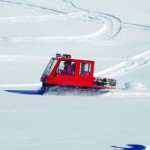12 Aug Why Does My Snow Cat Steer To One Side?
REASONS WHY YOUR TRACKED VEHICLE PULLS TO THE LEFT OR RIGHT:
This is a very common occurrence with two tracked vehicles and the one that should be dealt with and not ignored. Without any steering input from the operator the vehicle “pulls” to one side or the other consistently. To check accurately for this the snow vehicle must be on a smooth and totally level surface with uniform snow conditions under both sides of the machine.
THE COMMON CAUSES:
1) The differential adjustment bolts on the rear end are not equally adjusted thus one side of the planetary differential will always have the brake band slightly rubbing the drum. This will cause the machine to pull slightly to that one side. It will also cause accelerated wear on the affected band and drum and lead to overheating in the rear end. This is corrected by resetting the adjustment bolts on the outside of the planetary housing. We will cover this procedure in a later blog post for those of you who do not have an operators manual which covers this procedure.
2) The tracks are not equally tight on both sides of the machine. This will result in the machine pulling towards the tighter track. The ability to estimate track tension is somewhat of an art, especially when the difference in tension is slight. In our Snowcat Operator Certification Course here at Safety One Training we teach 3 different methods to estimate the track tension. The key is that before any of these methods can be used you must roll the snow cat forward to a gradual stop. Once you determine one side is looser than the other typically (but not always) you will add tension to the looser track through the track tension adjustment bolt and assembly or by forcing additional grease into the hydraulic extender assembly. The safe methods to do this without risking injury or serious damage to your machine are covered in your operators manual and are covered extensively in our training.
3) The bearing assemblies on one side of the track contain one or more damaged bearings. Remember in many cases the bearing damage caused by neglect will be on both sides and will not show up as causing the machine to pull to one side. Grease your running gear bearing at least once per season and while you are moaning about how much work that is please remember in the “early days” of snow cats we had to do a daily after action greasing on Tucker sno-cats of over 500 grease points with a pin zerk grease gun that always blew grease back in your face—so stop whining and do that annual grease job! Remember from your snow cat operator safety training class that the easiest way to spot a bad bearing is while the machine is one the trailer by comparing wheel and sprocket camber. Once you are in the field operating a bad bearing will make itself clearly known by being warmer that the surrounding bearings and not holding the packed snow that the other wheels around it do!
THE LESS COMMON CAUSES:
1) There can be a blockage, either partial or complete, in the master cylinder to one sides steering on the snow cat. This can be detected by removing the metal or plastic cap at the top of the master cylinder reservoir at the base of your steering lever. Once this cap is removed you should see the level of the brake fluid used (we prefer the newer silicone based brake fluids for this application) and it should be ½ to 1 inch below the level of the cap. Then pull SLOWLY back on the steering lever and release it SLOWLY. You should see a clear fountain of brake fluid squirting up through the remaining fluid in the reservoir. If you don’t and the machine is pulling to that side then you have a blockage in the master cylinder caused typically by rust. This can be solved with a paper clip (covered in another blog post) but you should drain both sides of the steering system at the first opportunity and install rebuild kits on both sides (roughly $120. max in parts).
2) The slave cylinder may have become so worn on the inside surfaces that the plate does not pop back into position quickly after a turn. This will result in exaggerated turns that do not release quickly when the steering control is released. Unfortunately many of these slave cylinders were built exclusively for the snow vehicle manufacturers. Sometimes a suitable replacement can be found from an aftermarket source. If not often the best you can do is hone out the corrosion on the bottom of the slave cylinder and replace the O ring on the moving plate. This is not a perfect repair but will keep you going for another season or two. If you want to avoid ever needing this repair simply keep the rubber boots on the slave cylinders in place and in good condition, this will keep the moisture and debris out that causes these problems.
Cowards die a thousand deaths, brave men die but once!
Arthur Seely



david wheadon
Posted at 10:00h, 05 DecemberMy bombi sounds bad sprocket noise I assume ,everything in the diff looks good ..any suggestions